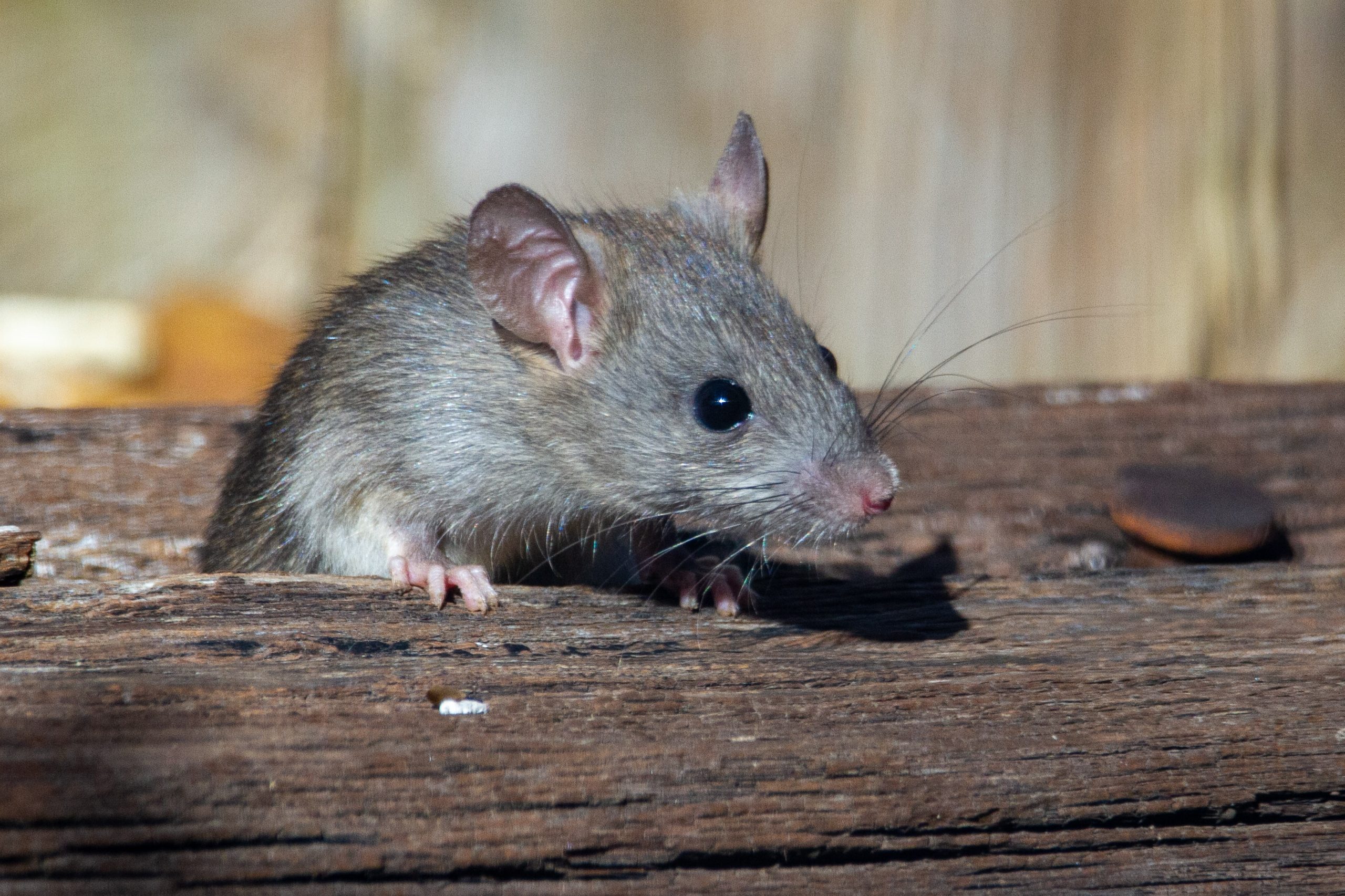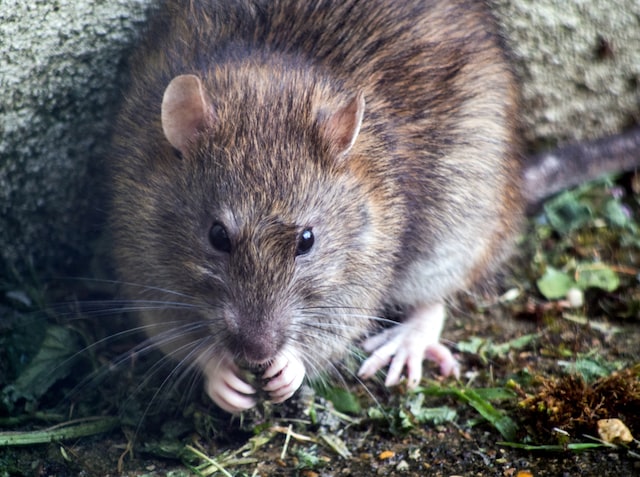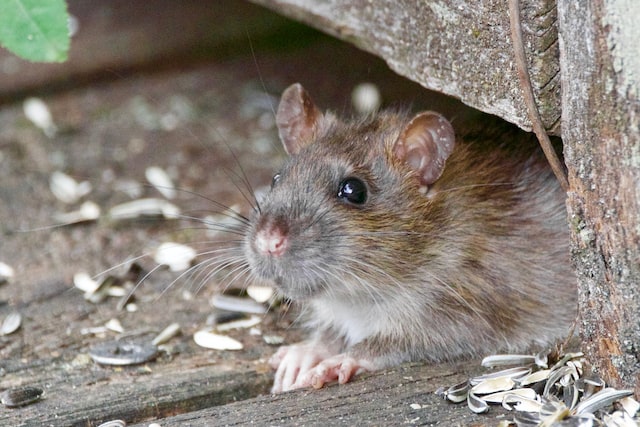Rodents like mice and rats can often seem like no more than a nuisance – a slightly cute irritation that is just a fact of life. But a passive approach to rodents can mean big problems for homes and families: rodents can get into food, sure, but they can also be the spreaders of disease and can cause dangerous home conditions with their gnawing and scratching.
Here are the most important things you need to know about Rodents in the Pacific Northwest.
Types of Rodents Common in Washington and Oregon
While there are a number of different types of rodents common in the Oregon and Washington State areas, there are three that are the most common when it comes to home infestation:
- House Mice
- Norway Rats
- Roof Rats
These rodents cause problems for homeowners ranging from irritating to outright dangerous. Before getting into the dangers rodents cause, let’s talk a little bit about how to identify the 3 common house rodents in the region, and how you can tell them apart.
Identifying Rodents
House Mice
The common house mouse can carry disease, contaminate food, cause damage with scratching and gnawing, and reproduce rapidly – with a single female house mouse capable of having 35 babies a year.
House mice have distinctive features that can make them relatively easy to identify:
- Gray or light brown fur with a cream-colored belly
- 2-4” long
- Pointed muzzles
- Large ears
- Round bodies
Norway Rats
Rats have a scarier reputation among house rodents due to their size and their penchant to carry disease – but the most common threat that a Norway rat poses is with their scratching and gnawing, which can be the cause of anything from minor damage to house fires.
Norway rats are:
- Brown furred with a smattering of black hair
- Gray, off-white, or yellow-ish bellies
- Long bodies – 7-10”
- Tails shorter than bodies
- Small eyes and ears
Roof Rats
Roof rats are smaller than their rodential counterpart Norway Rats, but that doesn’t make them any less of a threat to Washington and Oregon homes. Like Norway Rats they gnaw, scratch and bite, and are notorious food contaminators who can spread diseases. Their tendency to nest in higher elevation areas inside of structures is where they get their name – and if you think you have roof rats the roof or attic is a good place to start.
What do roof rats look like compared to Norway Rats?
- Brown and black-furred
- Gray, white, or black bellies
- 6-8” long bodies that are long and thin
- Long tails – tails are longer than bodies
- Large ears and eyes
Rodent Damage, Explained

Rodents cause a variety of damage around the home. A few common examples of rodent damage include:
- Clothing damage
- Wood damage
- Damage to paper products like books and photographs
- Insulation damage
- Damage to upholstered furniture or car seats
Each of these is the perfect material for rodent nest-building, and that puts them at risk of rodent destruction.
All rodent damage is serious to some degree, but in certain circumstances, the degree of damage can rapidly increase – literally. According to PestWorld, “it’s estimated that rodents are responsible for 20 percent to 25 percent of all fires of unknown causes because of their propensity for chewing electrical wiring and gas lines.” An electrical fire can lead to serious house damage, complete destruction, and even death – put simply, a rodent infestation can be dangerous, expensive, and even life-threatening to ignore.
The Rodent Diet

One of the main things that attract rodents to homes is access to food. Rodents tend to prefer a carbohydrate-heavy diet, but they are ultimately not picky: as scavengers, they’ll eat practically anything. But that doesn’t mean that they don’t have preferences. Common human foods that rodents can’t wait to get their paws on include:
- Nuts
- Berries
- Other sweet fruits
- Seeds
- Grains
- Meat
- Pet food
Keeping Rodents Out of Your Food
To make your food less accessible to rodents, there are a few things you can do:
- Keep food sealed in tightly secured containers.
- Don’t leave crumbs or dirty dishes around the home. Try to sweep and vacuum the rooms that you eat in regularly, and wash dishes and utensils shortly after use.
- Don’t leave your pet food out overnight – instead clean out open bowls and secure all pet food in sealed containers.
- Keep both indoor and outdoor trash in tightly secured garbage containers. Rodents have no problem scavenging food out of the trash, and even outdoor trash can ultimately lead to rodents in the home.
Other Things That Attract Rodents
While food access is a major rodent attractant, it’s not the only reason that your home can make mice and rats jump for joy. Some other qualities of your home that can attract a rodent colony include:
- The warmth and shelter of your home, especially between November and March when nights can get chilly in Washington and Oregon.
- Clutter can also be a major attractant to rodents: the more stuff scattered about in your basement, attic, or garage, the more resources that rodents will have access to for nest-building, which can make your home a target.
Signs of a Rodent Infestation
While we identified many of the signs of a rodent infestation earlier, let’s review the common signs of rodents:
- Rodent droppings around food packages, in drawers or cupboards, and under the sink.
- Nesting material such as shredded paper, fabric, or dried plant matter.
- Signs of chewing on food packaging.
- Holes chewed through walls and floors create entry points into the home.
- Stale smells coming from hidden areas.
Rodents and Disease
As we mentioned, rodents can spread some pretty nasty diseases to humans and house pets according to the CDC, these are some of the nastiest:
- Hantavirus
A severe illness caused by exposure to the droppings or urine of mice that carry the virus. Though rare, it can sometimes be fatal.
- Leptospirosis
Leptospirosis is a disease caused by bacteria called Leptospira that infects both humans and a wide range of animals. Some wild rodents carry the Leptospira bacteria and pass them in their urine. Soil or water contaminated with infected urine are the most common causes of human infection.
- Plague
Plague is a serious infection of humans caused by a germ called Yersinia pestis. It is usually caused by the bite of a flea that has fed on an infected wild animal, such as a rat. It usually causes large sores and abscesses in the glands of the arms and legs. Dogs, and especially cats, can also become infected and can spread the disease to their human companions.
- Tularemia
Tularemia is a bacterial disease caused by Francisella tularensis and is most commonly found in wild animals, including wild rodents. People and their pets can become ill from tularemia by coming into contact with infected dead or ill animals through animal bites and exposure to contaminated blood or raw meat. Tularemia can also be transmitted by the bite of an infected tick, exposure to contaminated water or soil, and inhalation of bacteria.
Rodent Prevention
So we have established that rodents can cause some serious damage, but how can they be prevented? Here are a few tips:
- Cleaning up food and water in and around the home.
- Keeping your home and property free of clutter, leaf piles, and piles of mulch
- Sealing any access points inside and outside of your home, which includes any holes, cracks, or crevices.
While keeping a clean home is an achievable goal, when it comes to properly seal off your home off from rodent threats (and other wildlife threats, for that matter), a DIY approach leaves open the possibility of mistakes and oversights. Professional pest control is the best option to reinforce the exterior of your home against rodent threats – and at Interstate Pest Management, it’s one of our many pest-related expertise.
Here’s how our rodent control process works:
- Inspection: A qualified pest inspector performs an initial inspection to identify entry points and conditions that are attractive or conducive to rodent activity.
- Exclusion: We give a bid for one-time exclusion efforts.
- Trapping: Baits and traps are set out, with a free follow-up one week later.
- Quality Assurance: A series of follow-up visits reinspect entry points, pest activity, and any repairs made.
- Maintenance: Ongoing maintenance is performed as part of the All-Seasons Pest and Rodent Service.
Want to start protecting your home from rodents today? Give us a call at (503) 832-4997 or contact us here to book your first rodent control appointment today!
